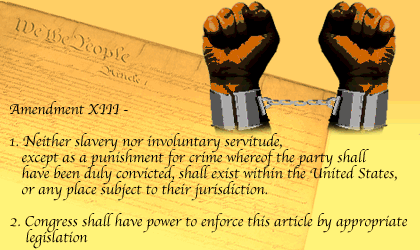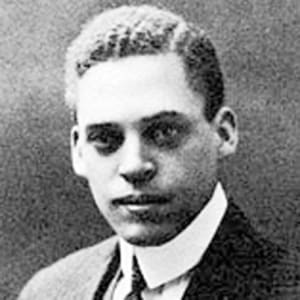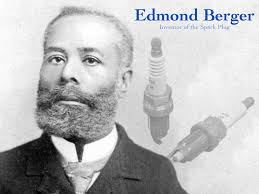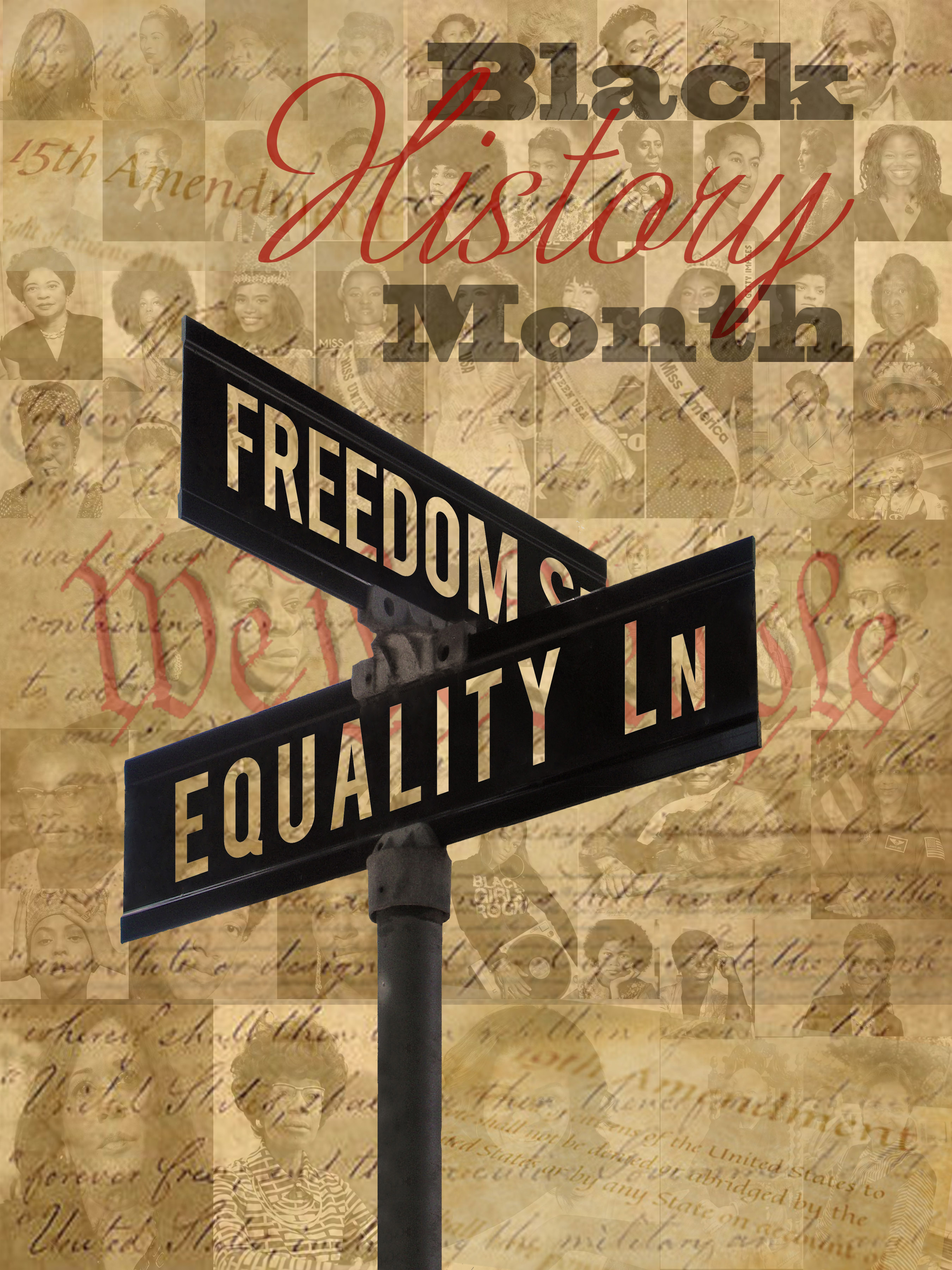this day in black history . . .

I don't know about you, but as a little girl I had a brief moment where I wanted to be a ballerina. I think all little girls (and some boys) have this on their bucket list of life goals. I loved the grace and elegance of a ballet dancer, something about it was so soothing. I imagined that the dancers were so lost in the music and movement that they could easily forget about the turbulent world outside. I wanted that feeling.
Constantly being told that I was too Black, too ugly, too ungraceful, too anything (but white), I gave up on my dream of floating through the air, forgetting about the chaos. Well, that and I couldn't do a plié to save my life. But, had I known that there was somebody that looked like me that was able to become a ballerina, who knows, I may have been able to accomplish that #LifeGoal. Then again, probably not, but still, knowing that another Black girl had a dream and she was able to accomplish it would have meant the world to me, and so many others.
So, if you have a budding ballerina in your life, let them know about this #BadAss trailblazer, Anne Raven Wilkinson!
a dancer was born
Anne Raven Wilksinson was born on February 2, 1935, in Manhattan, New York. At the age of 5, she attended her first ballet, "Coppélia" and she was hooked. While she was too young to attend the School of American Ballet in New York, she studied at a private studio which was subsequently bought by Serge Denham, the director of the Ballet Russe de Monte Carlo. Interestingly enough, she adutitioned for the company a few times only to be rejected. Not because she lacked the skill required, but because she was Black and the company did regular tours in the segregated South.
Her persistence paid off and, on her fourth attempt, she was accepted, on a trial basis, into the company. She officially joined the Ballet Russe de Monte Carlo in 1955, making her the first Black woman to dance full time for a major classical ballet company in the United States. It would be the "first" for a Black woman in the ballet world until Misty Copeland became the first Black woman to be a principal dancer with the American Ballet Theatre on June 30, 2015. Noteworthy here is that Miss Wilkinson served as Miss Copeland's mentor until her death in 2018.
The first couple of years in the company passed without incident. She performed across the United States and was promoted to soloist in her second season. There was a generous percentage of international dancers in the company, “so most of the time [she] didn't have to worry too much” about discrimination or racial prejudice. But when the Ballet Russe de Monte Carlo toured the South in the 1950s, problems started to arise.
“I remember one time in Montgomery, Alabama, the tour bus rolled into town, and everyone was running around with white robes and hoods on. They stopped traffic, there were so many of them. There was a rapping sound on the bus door, and this man jumped on in his hood and gown. Several big strapping male company dancers got up and moved toward him. He threw a fistful of racist pamphlets all over the bus before they chased him out.”
When such incidents occurred or appeared likely, Wilkinson’s peers stepped in to protect her. “[I]f it looked like there might be trouble after a show, company boys would appear at the stage door to escort [her] back to the hotel.” Although she wasn’t always welcome in the American south, she always felt at home with the company. In a time when her own country rejected her for skin, the dancers were her family, her protectors, and her biggest fans.
Eventually, she stopped performing in the south and, after seven years of dancing with the company, she resigned. She searched for work in other companies, but was never offered a contract—New York City Ballet’s George Balanchine told her she “was not his type of dancer”, American Ballet Theatre’s Lucia Chase “barely looked” at her, and the Met Opera Ballet’s Alicia Markova “acted as if [she] didn’t even exist” during her audition. After one brutal rejection after another, she chose to retire her pointe shoes and entered a . . . convent!?
Well, that didn't last long. Two years later, she returned to dancing and began working with the Dutch National Ballet (1967-1974). Apparently, her experience in Europe differed greatly from that in the United States. She faced little to no racism in Holland because a “history of slavery didn’t exist there and, by implication, the institution of racism” was also non-existent. The Dutch people were “more concerned about who you were than what you were.” After 7 years with the company, dancing everything from Sleeping Beauty to The Firebird, she retired at 39 due to a mandatory retirement age.
She returned to the United States 1974, and joined the New York City Opera, where she still experienced racial prejudice from artistic staff members. Nevertheless, she asserted that she is glad she returned to the US.
“I love my country and I’m glad to be living here. Whatever the problems are, and there are many, at least people are trying to do something about them. That’s the kind of spirit I love about this country.”
According to her brother, she never wanted to be considered a pioneer. "She used to say that her race was not of significance, other than it was imposed on her. All she wanted to do was dance."
Remember that next time you tell a Black girl that her world is limited because of her color. Let her dance!




